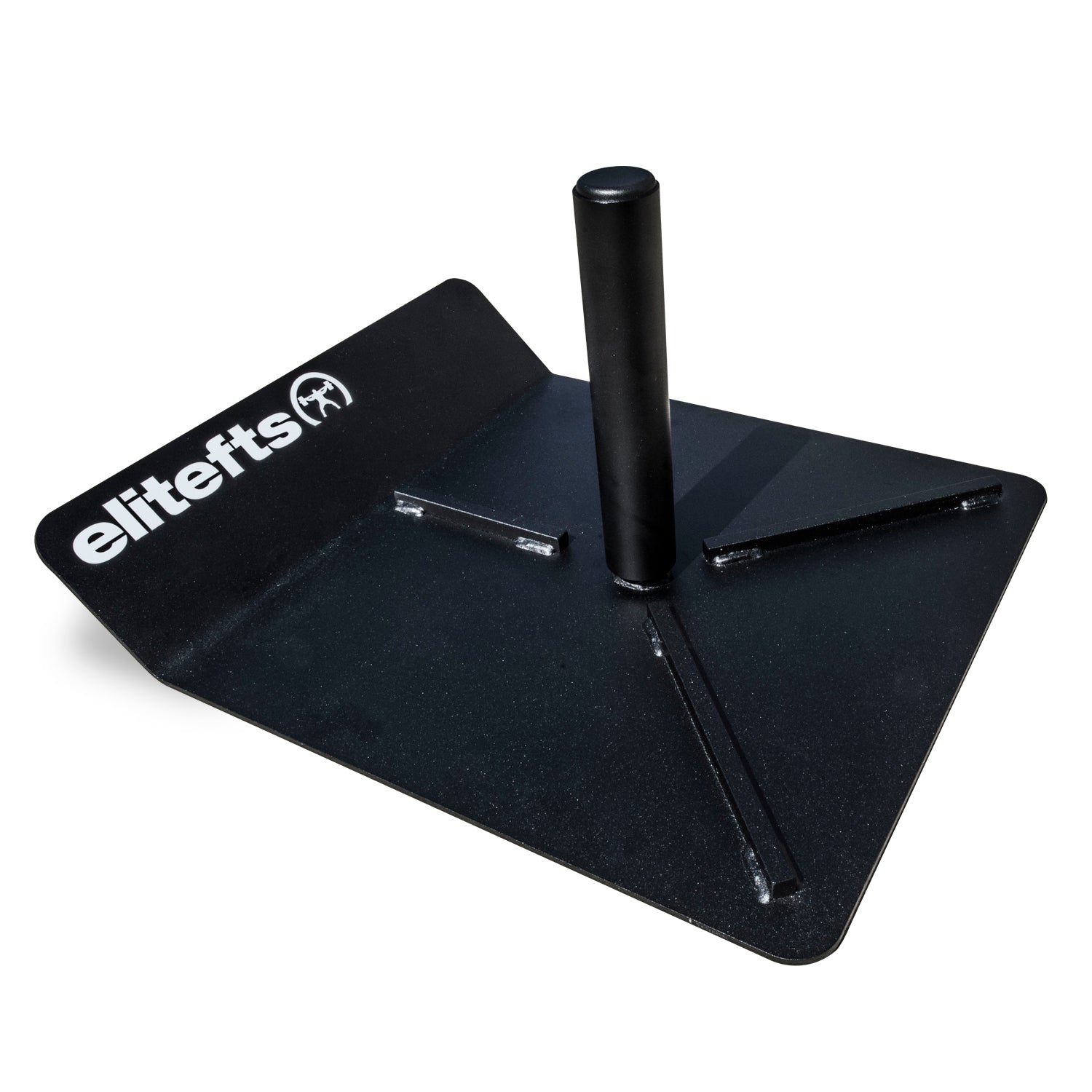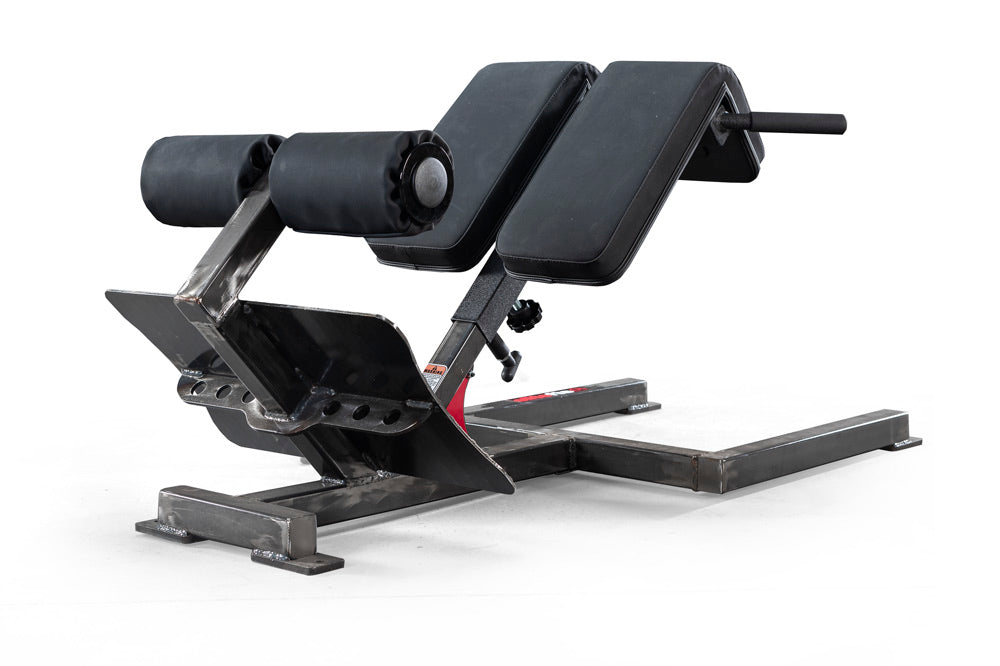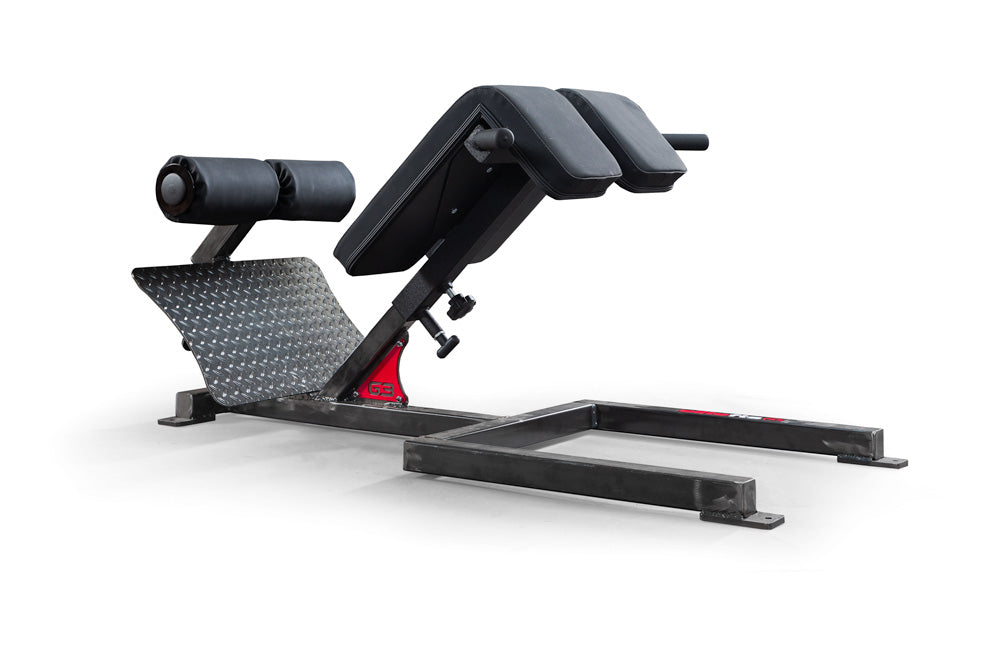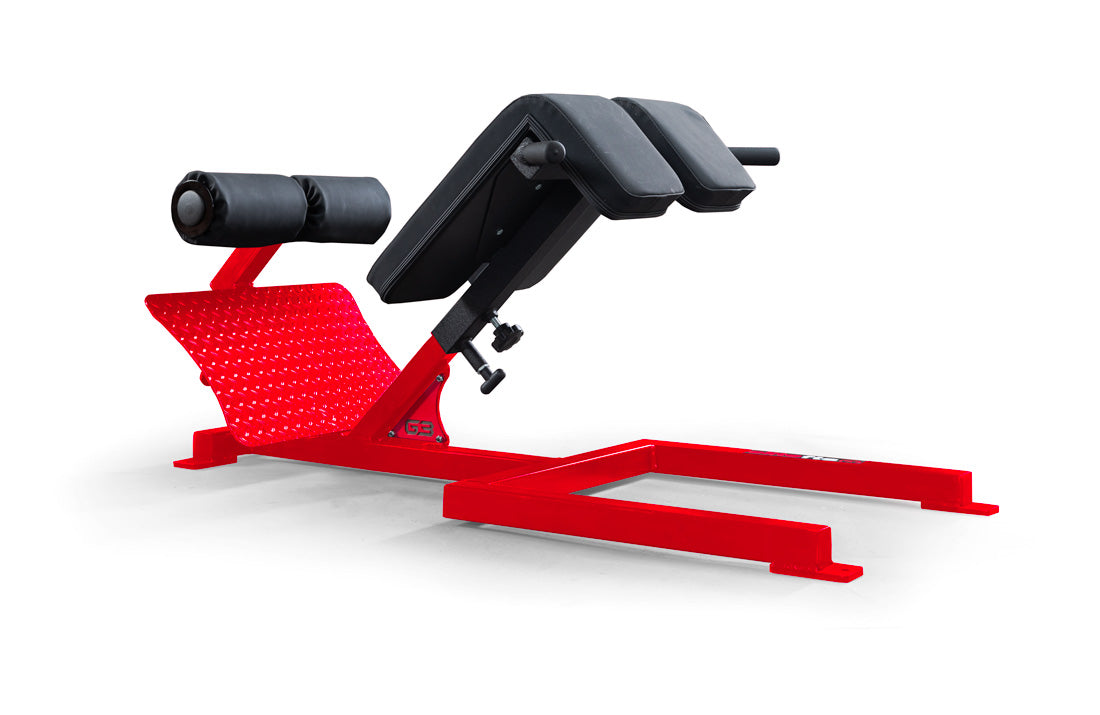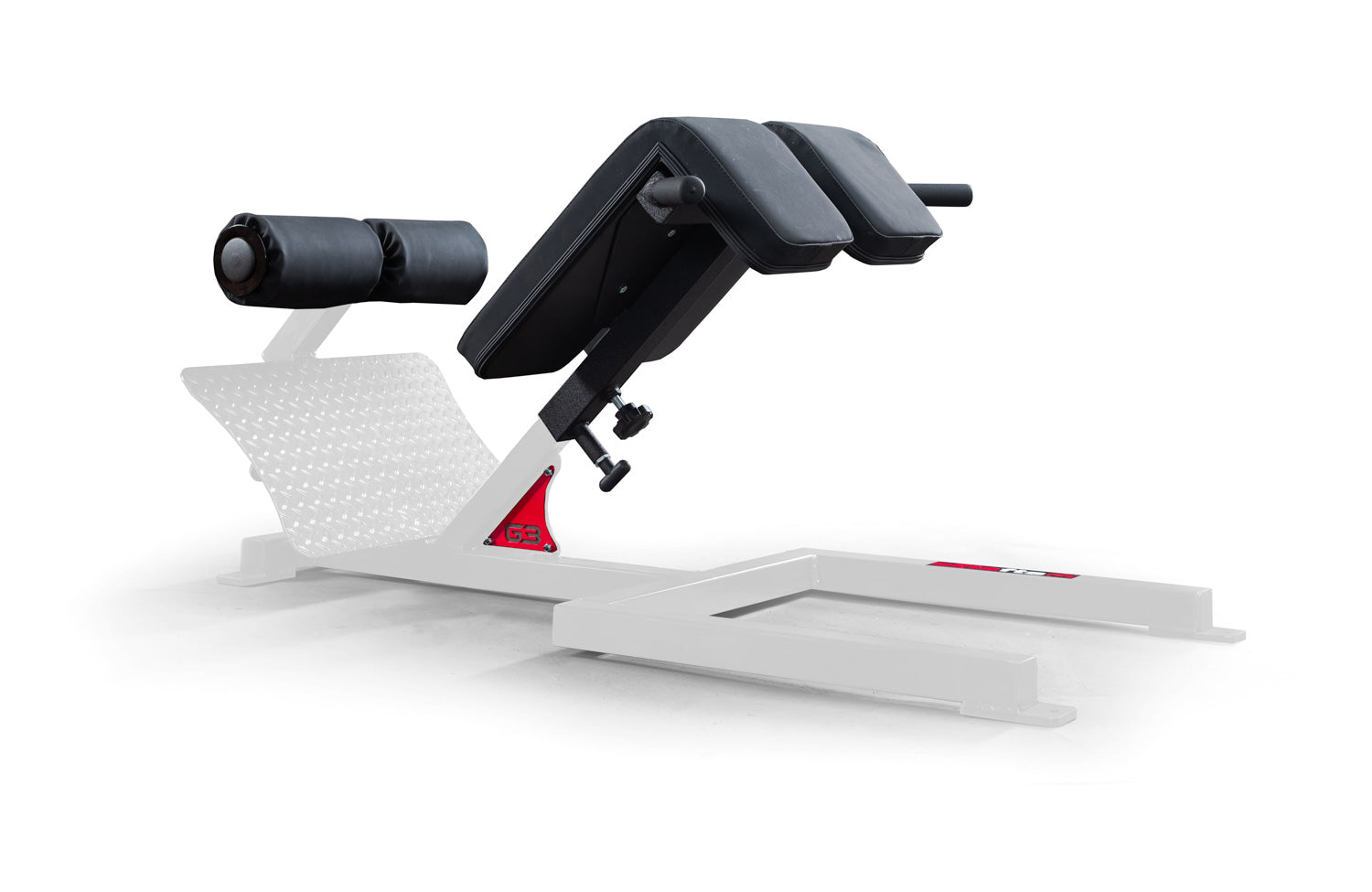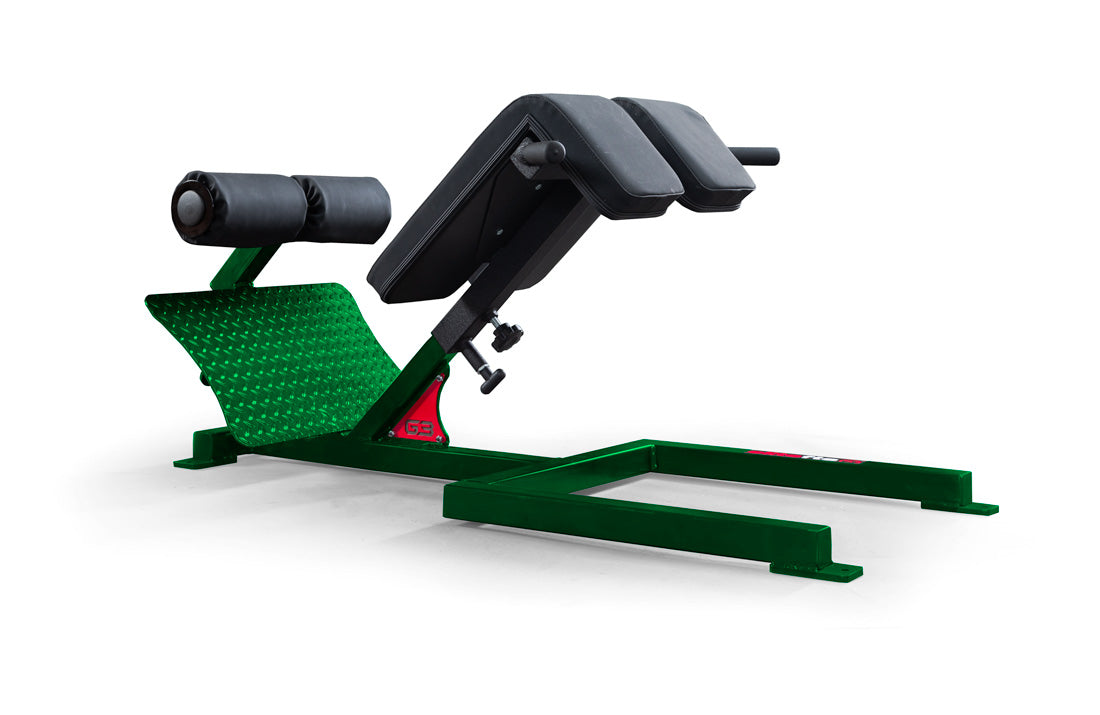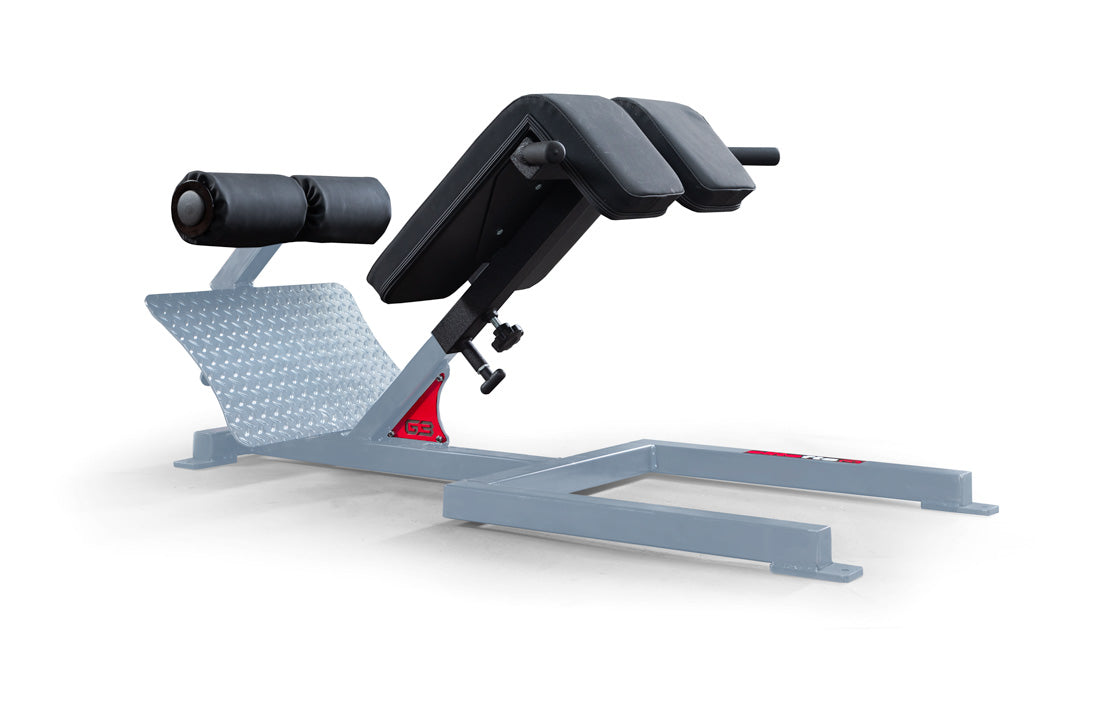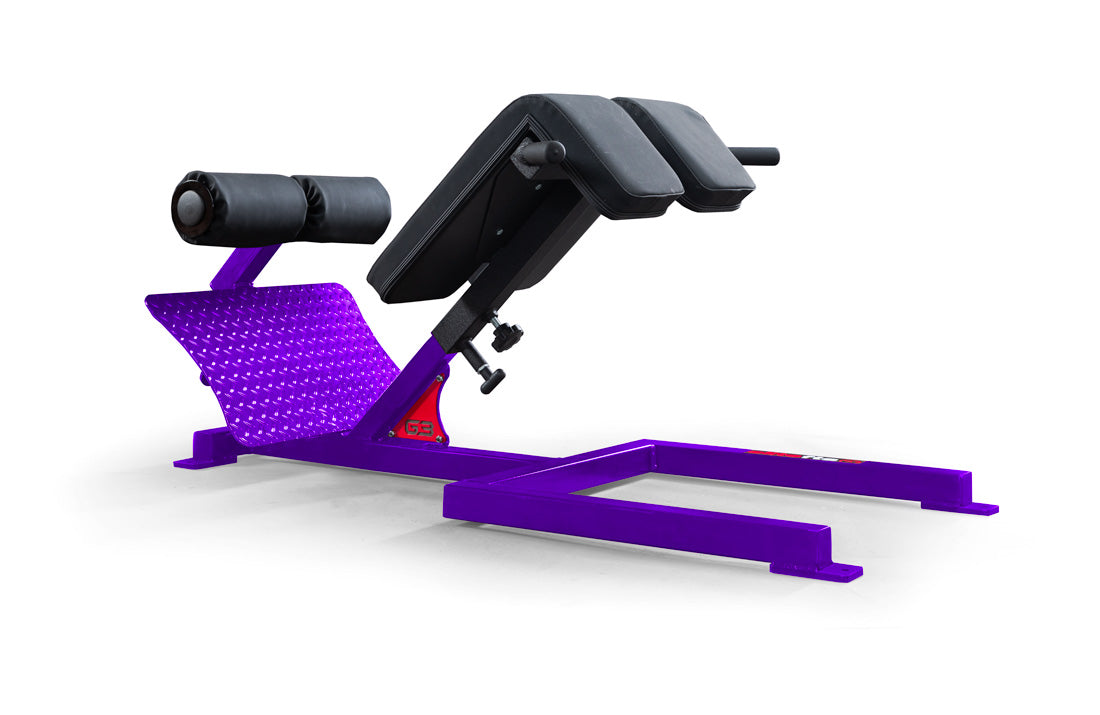
Last year, I wrote a series of
articles discussing my various perspectives and practices regarding how I design muscle-building programs for clients. This overall strategy I refer to as the “Relentless” protocol. It is a synthesis of various methods and tactics I’ve learned over the years from John Meadows, Swede Burns, Charles Staley, and a few others. To recap, the protocol is as follows:
- Select a muscle group.
- Select three to four exercises that work the muscle through all of its respective functions. Refrain from selecting exercises that train the same movement aspect twice (e.g. pairing a flat dumbbell press with a push-up or single-arm dumbbell row with a renegade row).
- Select movements that have sustained tension (e.g. cables, bands, dumbbells, or bodyweight). Generally, I wouldn't recommend barbell movements, but they can be used when appropriate.
- Perform each movement for eight to 20 repetitions.
MORE: Three-Dimensional Force Curl Complex
The Protocols
All of the protocols follow the same format: you perform a triset to pre-exhaust the targeted muscle group, and then follow that with a heavier compound movement, performed for low to moderate reps. The trisets are all meant to be performed two to three times, with each movement done for anywhere from eight to 20 reps. The straight set exercise is done for three to six sets of six to 10 reps a set. You can progress by adding sets, adding reps, and/or adding weight week-to-week and month-to-month.
Deltoids
This sequence is nothing revolutionary. You work each of the deltoids, starting with anterior, medial, and then posterior. You repeat this sequence three times, taking each set to positive failure. Upon finishing, you perform three to five sets of moderate rep sets of heavy dumbbell shoulder press. A. Incline Front Delt Raise — 11-20 Reps B. Seated DB Lateral Raise —11-20 Reps C. DB Butterfly Rear Delt Fly — 8-12 Reps D. Seated DB Shoulder Press — 6-10 RepsChest
This sequence makes use of an adjustable bench and dumbbells. This works excellent for trainers who are limited on space and don't have a bench press setup available. It also can easily be modified to suit any level of client. A. Incline DB Press — 8-12 Reps B. Medicine Ball Alternating Pushups — 6-10 Reps/Side C. Low Incline DB Fly — 8-12 Reps D. Flat DB Press or Bench Press — 6-10 RepsBack (Thickness)
I'm sure someone is going to roll their eyes at there being two categories of back exercises, thickness, and width. Laugh however much you like, but there is no denying the biomechanical reality that different angles of movement and exercise recruit muscles differently — that is fact. Vertical pulling movements target the lats much more than rowing movements generally do. This concept is one I picked up from Dante Trudel and his Doggcrapp Training Method a few years ago. It simplified back training into two easy categories of pulling and rowing movements. From a personal trainer standpoint, this is very sensible in regards to program design, and it's very easy to explain to clients as well. Whether this is the most optimal strategy to train back can definitely be debated, but there is no denying its effectiveness. A. Seated Wide Grip Pulldown to the Chest — 12-20 Reps B. Standing Facepull — 8-15 Reps C. Seated Cable Row — 8-12 Reps D. DB Deadlifts — 6-12 RepsBack (Width)
A. Standing Wide Grip Row to the Chest — 10-16 Reps B. DB Bent-Over Row— 12-16 Reps (Can also be done with cable, or be done unilaterally) C. DB Deadstop Row — 6-10 Reps D. Snatch Grip Deadlifts to Mid-Shin — 5-10 Reps
Biceps and Triceps
Having access to lots of arm machines is a nice luxury, but for a private facility, it’s unlikely you’ll have many machines. My arm sequences I keep basic: two movements for biceps, two movements for triceps, done with dumbbells, bodyweight, and bands or a suspension trainer if available. A. DB Pronated Curl (Simultaneous) —15-20 Reps B. Single-Arm DB Overhead Extension — 8-12 Reps C. Inverted Row with Supinated Grip — 8-15 Reps D. Bodyweight Skullcrusher — 8-15 RepsTrapezius
Yes, I like to do direct trapezius work. So does almost everyone I’ve trained. It's fun, and everyone looks sexier and more swoller with thick, meaty traps. Because the traps don’t take much stimulus to grow, this particular sequence is only three movements. A. Meadows DB Shrugs — 10-15 Reps B. Long Handle Facepulls — 10-15 Reps C. Kirk Shrugs — 6-10 Reps For those who don’t know what Kirk Shrugs are, they are a hybrid of a shrug and a partial upright row. While some people frown on partial range of motion, I’ve found these to be very, very effective for building triceps and deltoid mass.Glutes
I am all about ass. Your posterior chain affects all of your movement, and that movement starts with your pelvis. The glutes do a lot, so this sequence takes you through all the major functions: abduction, external rotation of the familiar, unilateral stabilization, and hip extension. A. Standing Band Abduction B. Frog Pumps C. Feet Elevated Hip extension D. Romanian DeadliftsHamstrings
Can you train your hamstrings separate from your glutes? For knee flexion, certainly. For all other movements, not so much. You can definitely emphasize the hamstrings, though, by using movements that initiate with knee flexion and require isometric knee flexion, as well as external rotation. This sequence smokes the hamstrings very well. A. Stability Ball Leg Curl B. Stability Ball Hip Bridge C. Straight Leg Hip Bridge D. KB SwingQuadriceps
I’ve never met anyone that struggled to feel their quads working. Quads are like deltoids: they might be stubborn to grow, but they are easy to innervate unless you cheat all your movements. This sequence is old school. The movements get harder as you go along, so by the time you get the split squats, your quads should be ferociously pumped. This sequence is one I modify often by using lateral, crossover lunges, and reverse lunges for multiplanar movement. A. Bodyweight Squats B. Jump Squats C. DB Front Squats D. Bulgarian Split SquatIn Closing
This list is not comprehensive, but it provides a framework to program from and modify for any type of client. Whether you have a fantastically outfitted facility or train in a garage gym, this strategy can always be applied. Go forth, do reps, and GROW.













